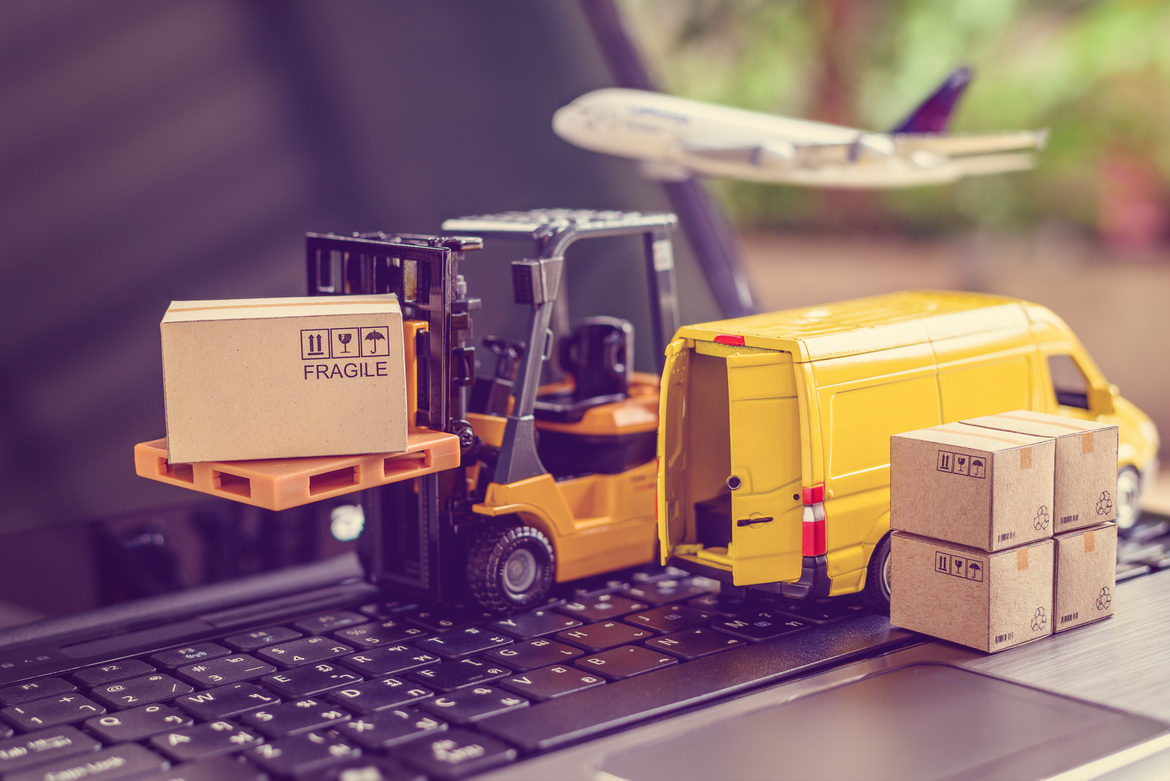What happens when a number suddenly turns into a barrier? For international shoppers and global shippers, that number is now $800.
A recent change in U.S. customs policy is shaking up the world of e-commerce, and DHL is the first major player to hit pause. For businesses relying on fast, affordable international delivery, this move could have serious consequences.
If $800 is the new threshold, how long before the costs start showing up in your cart? Let us break it down.
What Is the De Minimis Threshold Rule?
Under the U.S. De Minimis threshold, packages valued under $800 can enter the country without extra duties or formal customs processing. This has made international shopping even faster and cheaper. Especially e-commerce giants like Temu, Shein, and Amazon, are benefitting from this rule.
However, starting April 5, 2025, a new policy under the Trump administration lowered the minimum value from $2,500 to $800 of parcels requiring formal. The result: more paperwork, inspections, and delays. This change has created significant disruptions for global logistics providers like DHL and more.
DHL’s Policy Change
As a direct response, on April 21st, DHL is changing its policy and suspending B2C shipments over $800 to U.S. consumers “from any origin ” until further notice. This decision comes after growing delays at U.S. customs, triggered by the recent regulatory changes. By halting high-value deliveries, DHL aims to minimize customer dissatisfaction caused by long and unpredictable delivery times. However, many businesses rely on DHL to serve the U.S. market. This creates an immediate need to find alternatives or risk losing access to the American market.
Supply Chain Impacts
The $800 threshold policy shift and DHL’s resulting delivery freeze are more than just logistical challenges; they signal a ripple effect across the global supply chain.
The following effects are expected:
- Price Increase Across the Border: With the De Minimis threshold lowered, shipments will require formal customs clearance. This adds administrative costs, taxes, and duties that businesses will either absorb or pass on to consumers.
- Bottlenecks: As more packages now fall under stricter investigation, logistics providers face long delivery times, delays, and rising warehouse storage costs.
- Higher Import Fees: The new entry formalities require more documentation, fees, and inspections that slow down customs clearance. Businesses have to restructure supply chain workflows to handle the extra layers of bureaucracy.
- Limited Alternatives and Rising Prices: While one might assume U.S.-based competitors could fill the gap, in practice there are no domestic producers capable of offering Temu-like products at comparable prices.
Industry Response
For various industries this change has serious consequences, like for example the luxury industry. In the UK, luxury brands are worrying about their U.S. customer base future. With a 10% tariff and now DHL’s suspension of $800 parcels, brands feel “double penalized”. Burberry, Alexander McQueen and more, are facing severe challenges, since their products are mostly over $800, and the U.S. being a big part of their customer base. The fear of other delivery companies following DHL’s choice is therefore big.
Planning Ahead
The $800 threshold is only the beginning. Businesses must stay agile and anticipate further tightening of customs rules. It is unsure, whether the U.S. will banish the de minimis exemption rule for good in the future or not. Close monitoring of regulatory changes, investing in robust customs compliance, and maintaining flexibility in logistics will be critical for survival.
To avoid the growing costs and complexity of cross-border shipping, companies could consider strategies like onshoring. While this can be a costly upfront investment, it offers long-term benefits: faster delivery times, more predictable customs processes, and better control over supply chains. For businesses heavily dependent on U.S. customers, it is now the time to rethink their logistics.
Another important point is: Relying on a single carrier like DHL or a single international shipping route becomes a big risk. Businesses need to diversify their logistics partners and explore new fulfillment options. Regional warehouses, partnerships with multiple carriers, and even drop shipping models could offer safety against future disruptions.
And lastly, communicating with customers is key. Transparency about potential delays, clear shipping timelines, and upfront information about new fees or taxes can help businesses maintain trust even when deliveries slow down.
Conclusion
Change is here, and $800 is just the beginning. For global shippers and sellers, the path forward means adapting fast, thinking smarter, and staying two steps ahead. Because in today’s market, it’s not just about moving products — it’s about moving with time.

